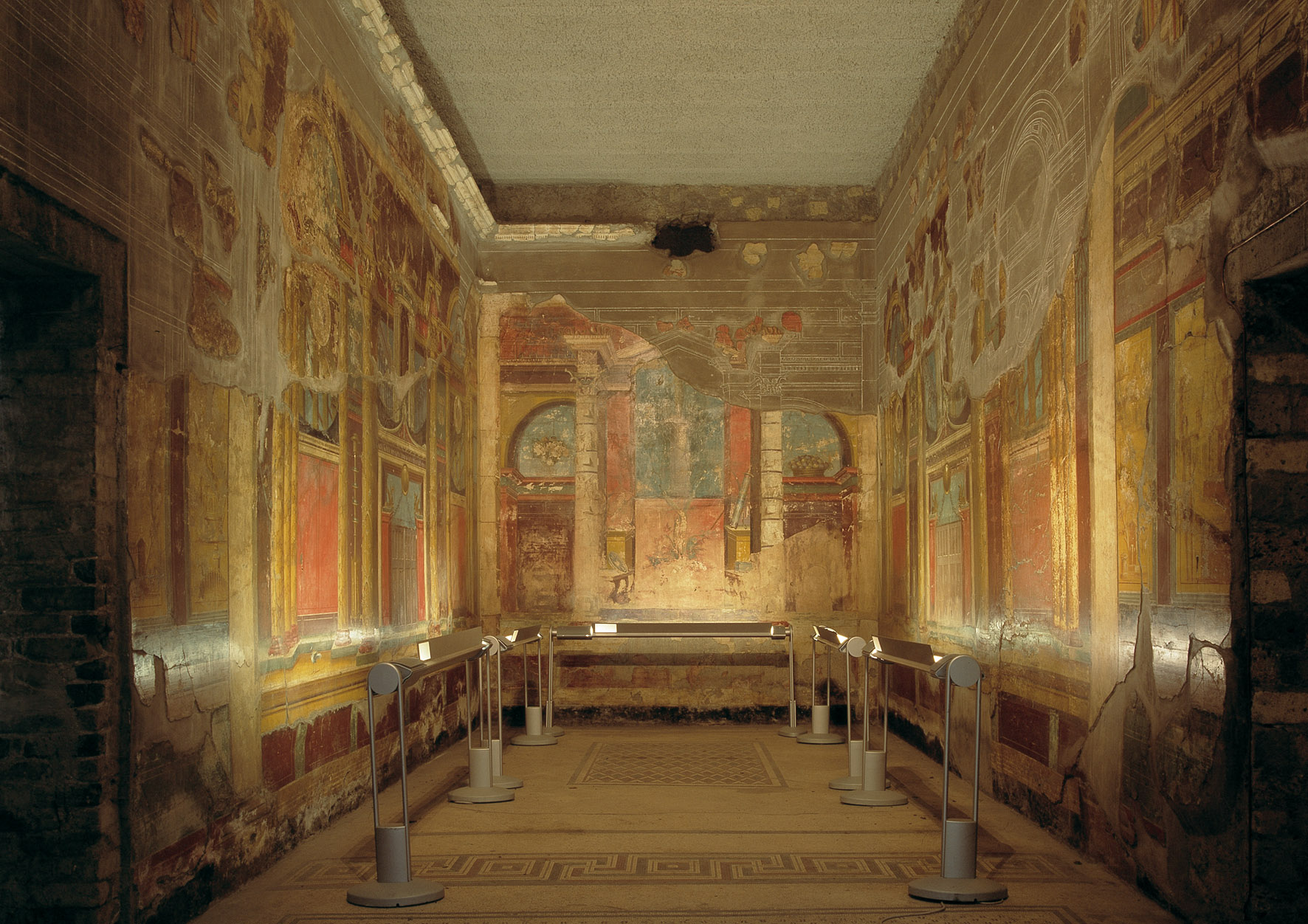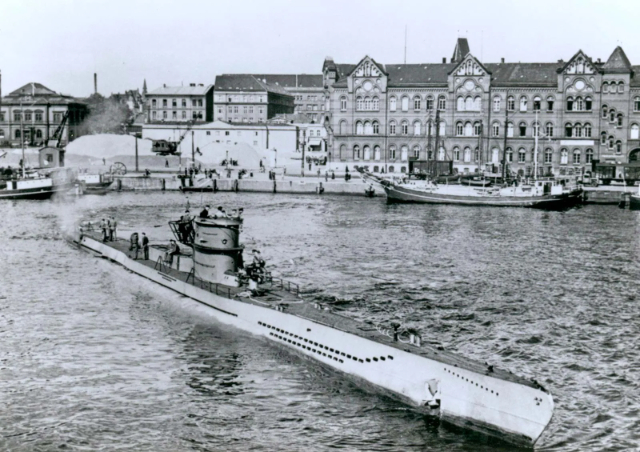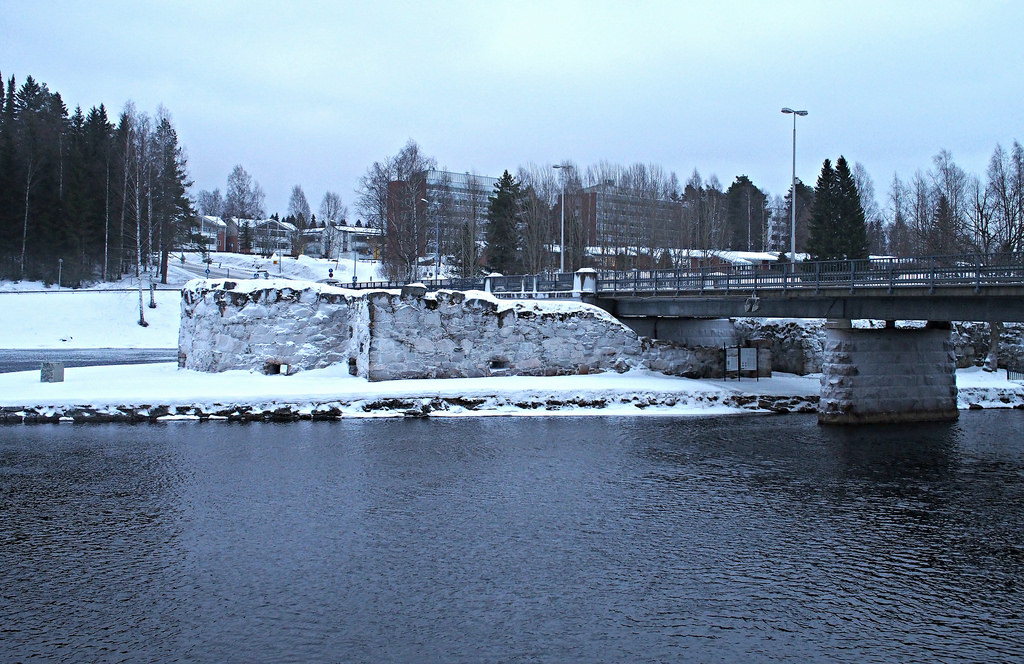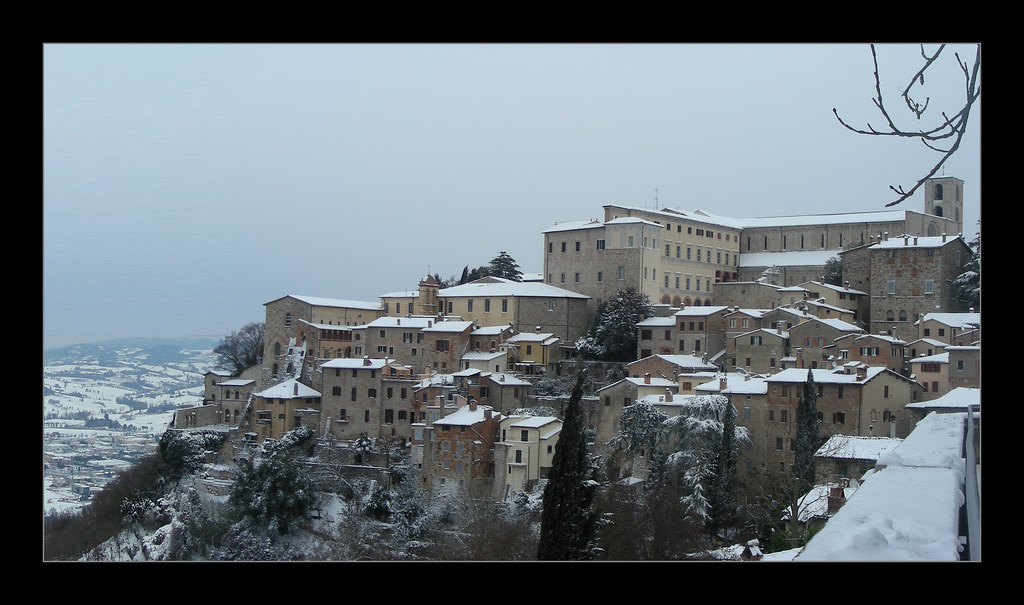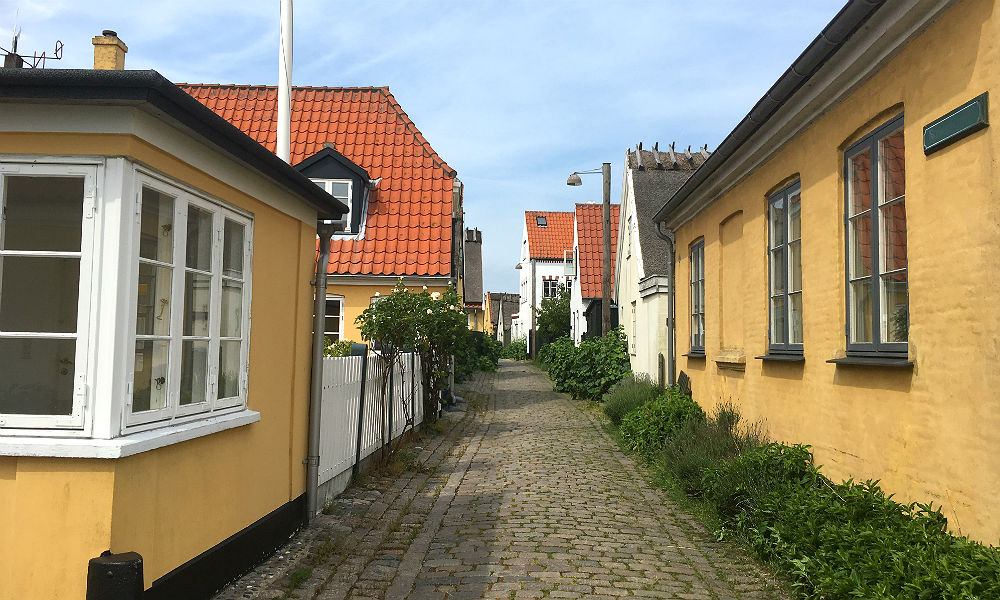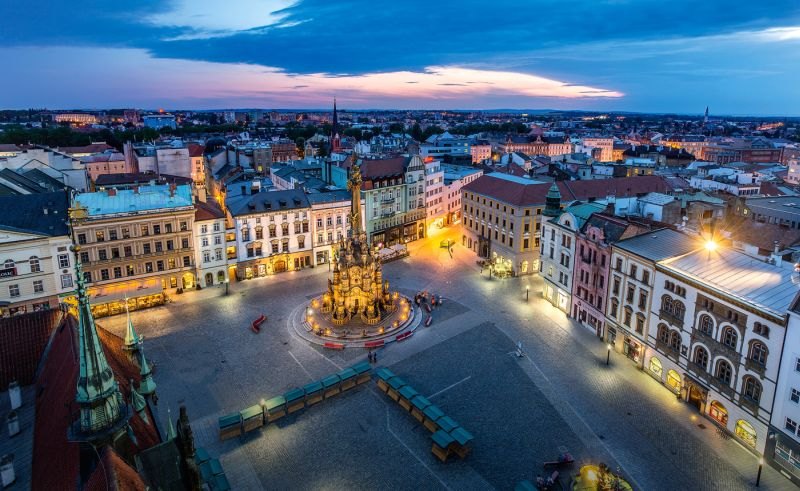Because of its splendid architectural layout, the majesty of the rooms, divided into servile and noble areas, and the rich wall decorations, the so-called villa of Poppea is considered among the most sumptuous residences in the Vesuvian area. The residence, surrounded by large gardens, has, among other things, a thermal quarter; there is no shortage of productive rooms, such as the one where grapes were pressed for wine production. The frescoes, in a perfect state of preservation, are the best that have come down to us in the Roman world; fake doors and columns, related to the present architecture, thus create perspective games and correspondences between real and imaginary.
The Oplontis excavations are located in the center of the modern city of Torre Annunziata.
The name Oplontis is attested only in the Tabula Peutingeriana, a medieval copy of an ancient map relating to the roads existing in Italy at the time of the Roman Empire. In this map the toponym Oplontis indicates some structures located between Pompeii and Herculaneum.
Therefore, a series of archaeological finds have been attributed to Oplontis, which actually relate to a suburban area of Pompeii: a residential villa, the villa of " Poppea "; a rustic villa attributed to L. Crassius Tertius, in which, next to numerous bodies of victims of the eruption, a considerable amount of gold and silver coins were found, along with numerous pieces of fine jewelry; a thermal structure, at the ‘Oncino, under the present Nunziante Baths, attributed by A. Maiuri to the consul M. Crassus Frugi.
The main monument, the only one that can be visited, is the villa of Poppea included among the properties that UNESCO has defined as "World Heritage": grandiose residential construction of the mid-first century B.C., enlarged in the imperial age, was being restored at the time of the eruption. It is attributed to Poppaea Sabina, the second wife of Emperor Nero, but in any case part of the imperial family heritage.
